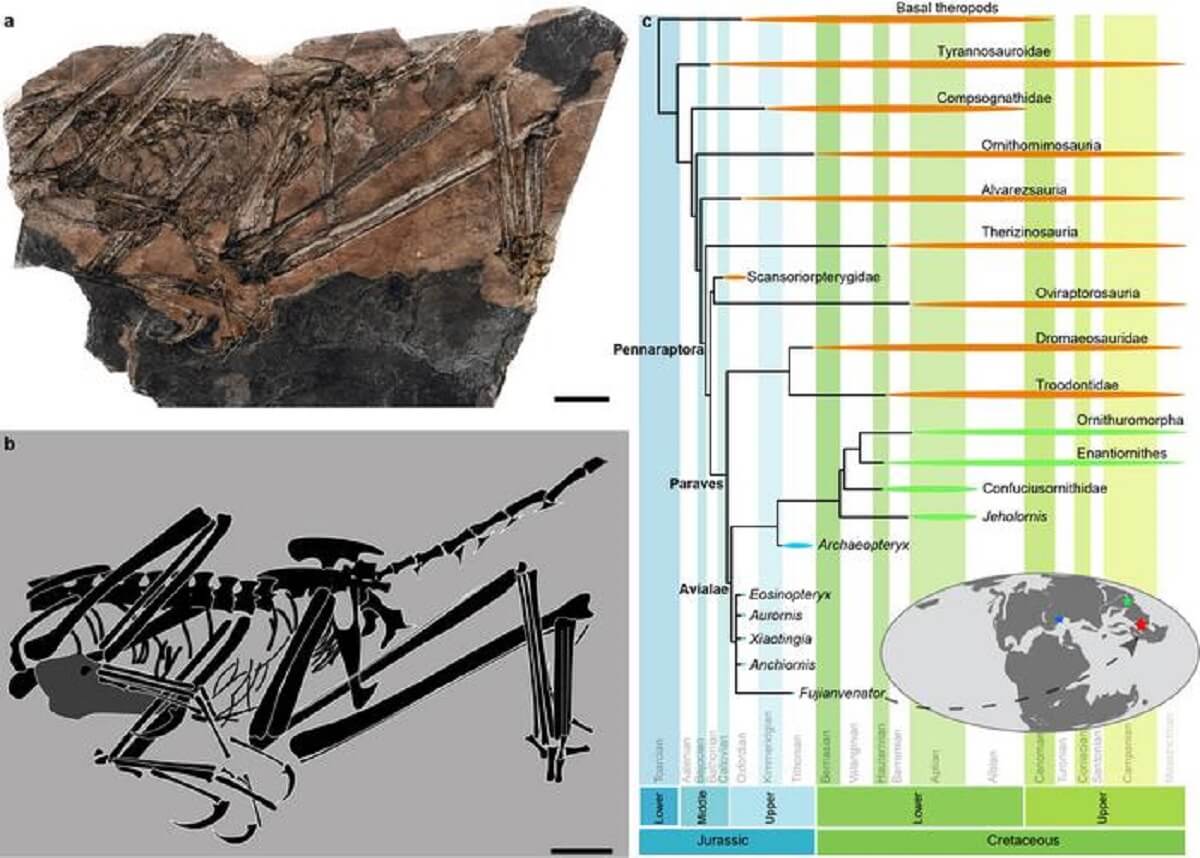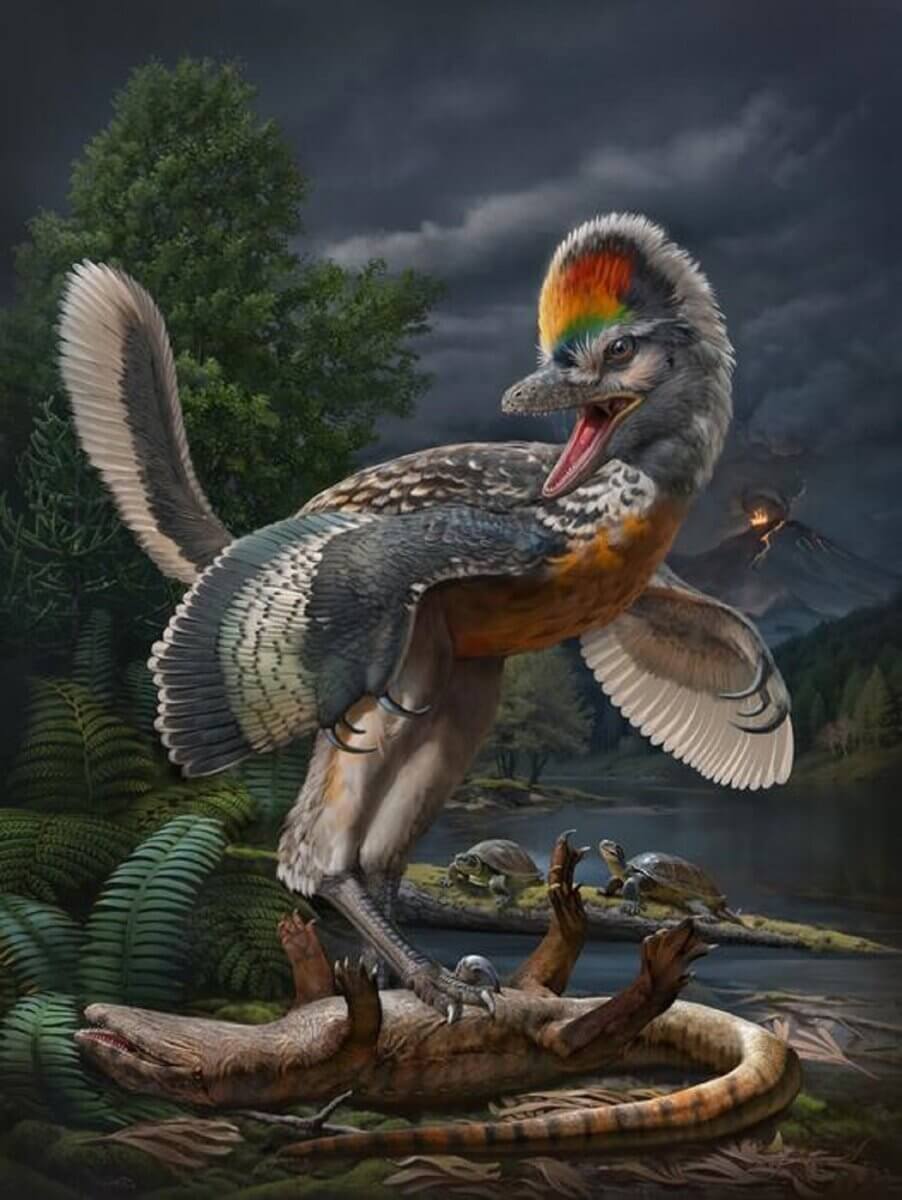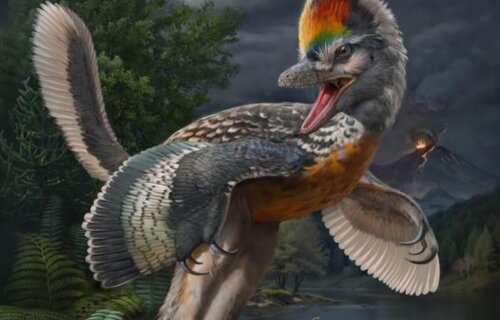BEIJING, China — A remarkable fossil discovered in China is helping to bridge a 30-million-year gap in our understanding of bird evolution. Chinese researchers claim that this previously unknown species was built for high-speed running and lived in a swamp-like habitat.
While it is well-established that modern birds descended from theropod dinosaurs during the Late Jurassic period, the exact evolutionary path has remained elusive due to a scarcity of fossils dating from the Jurassic to the oldest known records of Cretaceous birds, around 150 million years ago.
A team of Chinese scientists has now described a new 150-million-year-old avialan theropod discovered in Zhenghe County, Fujian Province. The species, named Fujianvenator prodigiosus, displays a unique blend of features shared with other bird predecessors.

(credit: WANG Min)
“Our comparative analyses show that marked changes in body plan occurred along the early avialan line, which is largely driven by the forelimb, eventually giving rise to the typical bird limb proportion,” says Dr. Wang Min, the study’s corresponding author from the Chinese Academy of Sciences in Beijing, in a media release. “However, Fujianvenator is an odd species that diverged from this main trajectory and evolved bizarre hindlimb architecture.”
Min further notes that the unusually elongated lower leg and other features suggest that Fujianvenator lived in a swamp-like environment, and was either a quick runner or a long-legged wader — representing a previously unknown variant of early birds.
“Besides Fujianvenator, we have found abundant other vertebrates, including teleosts, testudines, and choristoderes,” says Dr. Xu Liming, the study’s lead author from the Fujian Institute of Geological Survey.

The researchers indicate that during the Late Jurassic to Early Cretaceous period, southeastern China experienced intense tectonic activities that shaped the unique landscape where Fujianvenator was discovered.
“The extraordinary diversity, unique vertebrate composition, and paleoenvironment strongly indicate that this locality documents a terrestrial fauna, which we named the Zhenghe Fauna,” elaborates Dr. Zhou Zhonghe, a study co-author.
The team’s findings offer a “new window” into Earth’s Late Jurassic terrestrial ecosystem. They plan to continue their explorations in Zhenghe and surrounding areas.
The study is published in the journal Science.
South West News Service writer Jim Leffman contributed to this report.

